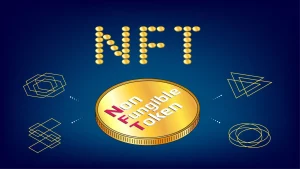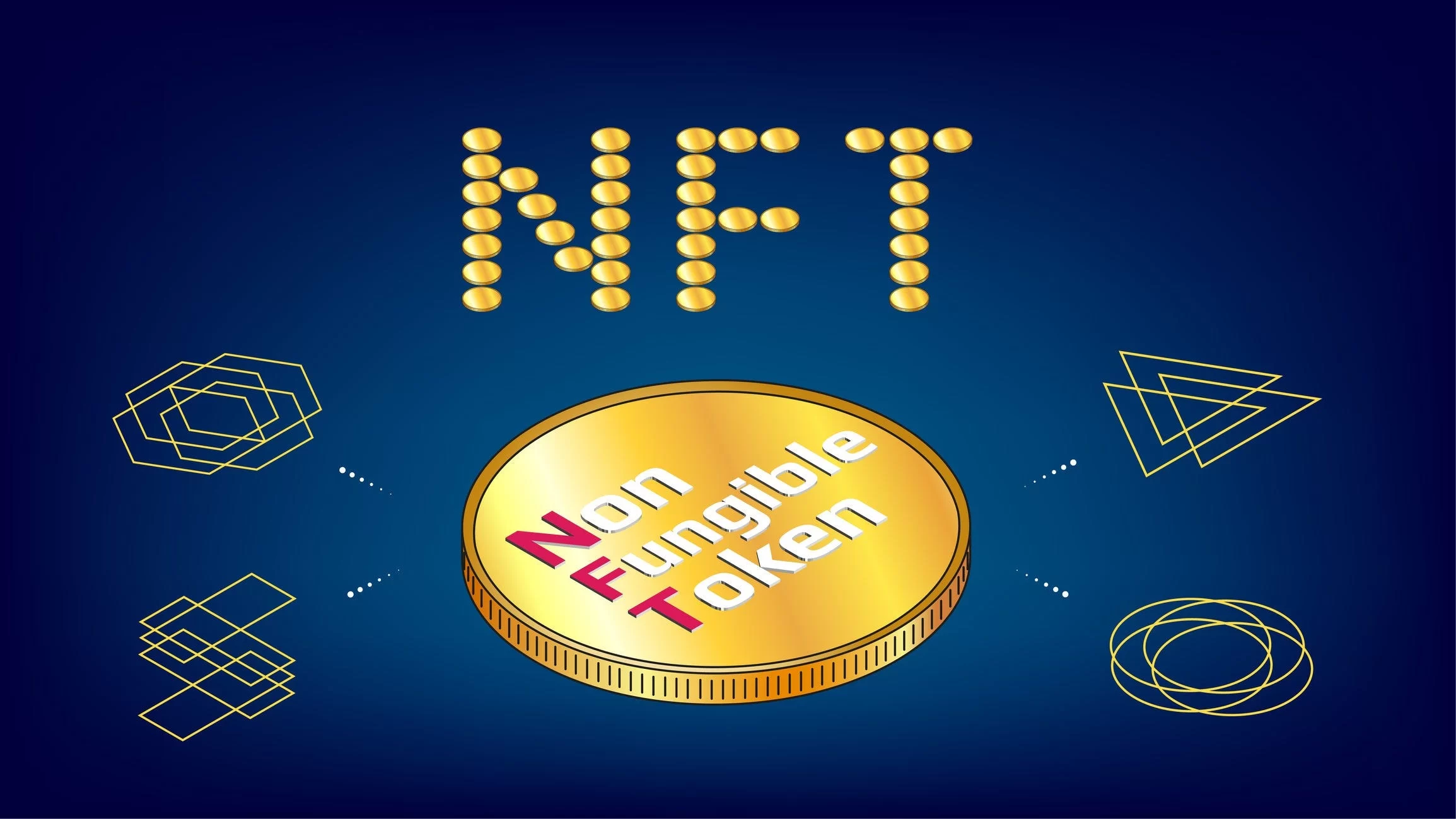
Non-Fungible Tokens (NFTs): Meaning and How They Work
What is a Non-Fungible Token (NFT)?
Non-fungible tokens (NFTs) are unique digital assets tokenized via blockchain technology, representing various items like art, digital content, or videos. These tokens have distinct identifiers created through encryption and stored on a blockchain, while the actual assets may be stored elsewhere. The unique link between the token and its asset distinguishes NFTs from other digital items. NFTs can be bought, sold, or traded for money, cryptocurrencies, or other NFTs based on their market value and ownership.
The Background of Non-Fungible Tokens (NFTs)
NFTs have been around longer than many realize. The first known NFT was “Quantum,” created and tokenized by Kevin McKoy in 2014 for the Namecoin blockchain. It later moved to Ethereum and was sold in 2021. The standard most commonly associated with NFTs is Ethereum’s ERC-721, which defines how ownership is managed, how transactions are verified, and how applications handle secure transfers. ERC-1155, introduced later, allows multiple non-fungible tokens to be bundled into a single contract, improving efficiency.
Understanding How NFTs Work
The creation of NFTs, or minting, involves encrypting the asset’s data and recording it on a blockchain. The basic process includes creating a new block, having the NFT’s information verified by a validator, and finalizing the block. Smart contracts play a vital role during minting, managing ownership assignments, and NFT transfers. Each NFT is unique, with a specific blockchain address that ensures a public record of ownership.
Fungibility and Blockchain Technology
Fungibility refers to the ability to exchange one asset for another of the same kind. In the cryptocurrency world, bitcoins are fungible—one bitcoin is equivalent to another. However, NFTs are non-fungible; each token is unique and cannot be exchanged on a one-to-one basis with another NFT. This uniqueness is why NFTs are compared to digital passports, each with its own identity.
Examples of NFTs
NFTs have gained popularity in various forms:
- CryptoKitties: Digital cats on the Ethereum blockchain, each with a unique identifier.
- OpenSea NFT Marketplace: Includes categories like Photography, Sports, Digital Tokenized Trading Cards, and more.
- Other Use Cases: Utility NFTs grant membership or perks, and NFTs can represent digital real estate and avatar wearables.
Advantages of NFTs
NFTs streamline markets by cutting out intermediaries, thus speeding up transactions. Artists, for example, can sell their work directly to buyers without needing a gallery or agent. NFTs also offer investment opportunities by tokenizing assets, such as fine wine or real estate, making ownership transfers seamless and secure.
Safety and Security of NFTs
NFTs offer excellent identity security by using immutable blockchain technology. The fractionalization of assets via NFTs allows for shared ownership and democratizing investments. However, NFT owners must be vigilant against unauthorized copying of their digital assets, a risk inherent in the digital realm.
Challenges and Considerations for NFTs
Despite their benefits, NFTs have challenges. They face liquidity issues, given their niche appeal. It might be difficult to find buyers for certain types of NFTs. Additionally, the potential for unauthorized duplication of digital assets exists, leading to piracy concerns.
How Do NFTs Make Money?
The profitability of NFTs depends on their perceived value. An NFT can gain value over time, just like any collectible or piece of art. Selling an NFT at a higher price than it was purchased will yield profit for the seller.
Why Own NFTs?
Owning NFTs can have various appeals. Investors might see them as valuable assets, collectors may appreciate their uniqueness, and others might value the connection to a particular piece or event.
NFTs vs. Fungible Tokens
NFTs differ significantly from fungible tokens. While fungible tokens are identical and interchangeable (like two $1 bills), NFTs are unique and cannot be swapped on a one-for-one basis.
The Purpose of NFTs
NFTs aim to provide a secure, digital representation of ownership. This can include digital art, real estate, or even shares in a company. Using blockchain technology, NFTs ensure that ownership is unique and transparent.
Conclusion
NFTs extend the principles of blockchain into diverse areas, offering new ways to own, trade, and interact with digital assets. While they present innovative opportunities, they also require careful consideration of security and market dynamics. As the digital landscape evolves, NFTs could become a standard for how we understand and value ownership.


